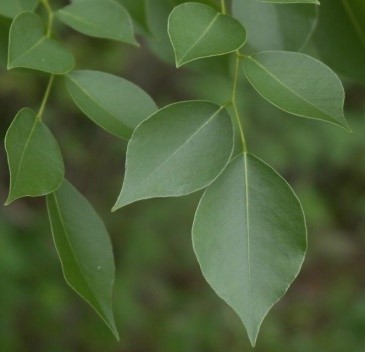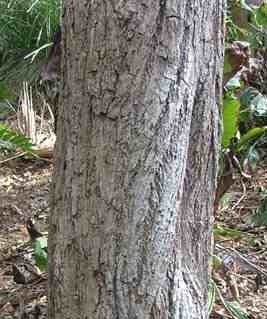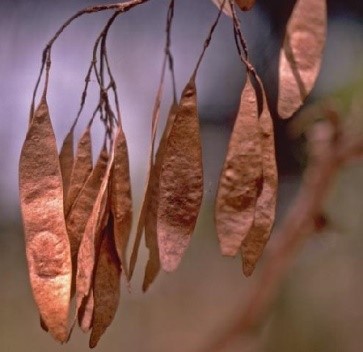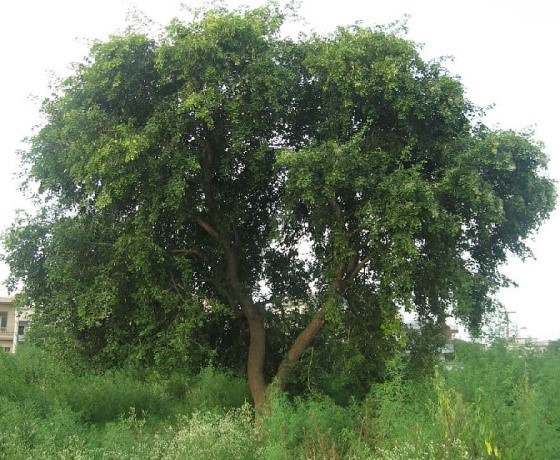Trees
Dalbergia sissoo Roxb.
Dalbergia sissoo Roxb.
Description :
A
medium size to large, deciduous tree, 30 m in height. The branches are
spreading, and diameters of 3 m have been recorded. The trunk is usually
crooked. The leaves are compound with 3 to 5 leaflets on an 8 cm stalk. The
leaflets are between 2.5 to 6 cm in diameter, broadly oval, tough and pointed.
The bark is grey and furrowed longitudinally. On older trees the bark may peel
off in strips. Young branches may be covered with a grey down. The flowers
occur in groups and are small. The flowers are dull white to yellowish white to
pinkish, appearing between March and May. The pods are small, 5 to 8 cm long
and papery. The pods ripen from June to February there are usually 1 to 4 seeds
per pod. A very intolerant tree, susceptible to root diseases in irrigated
plantations and attacks by a number of leaf fungi. Young trees are heavily
grazed and browsed. It can be reproduced both from seed and by vegetative
means. It is difficult to separate the seed from the pods. Seed (in broken
pods) can be stored for 6 months without loss of viability. In irrigated
plantations growth of 11 m in height and 20 cm diameter have been recorded
during a 15-year period. MAI of 7.7 m3/ha/yr is achieved over a
20-year rotation. Interlocked grain with a medium to coarse texture. Sapwood
white to pale brown. Heartwood is golden brown to dark brown. Wood is heavy
with a specific gravity of 0.85 and a calorific value of 5000 kcal/kg, with
high strength.
Distribution :
The
tree is native to the subcontinent along a sub-Himalayan tract. It is common
along rivers banks and streams. It is successfully planted in many areas of
Pakistan, India and other parts of the world. It is one of the most important
trees in Asia. It occurs in a dry sub-tropical, dry temperate climate and does
best on well drained sandy to sandy loam soils but will tolerate saline soils.
It has an elevation range of 900 to 1500 m if precipitation is between 300 to
2000 mm. It is frost hardy and has a temperature range of 0 to 50°C. Under
irrigation it is grown extensively throughout the Punjab, KP and parts of
Sindh.
Uses :
It
grows slower than Eucalyptus and poplar but is a good farm forestry tree
because it’s a good fodder tree, it fixes nitrogen and is a good long-term
investment for farmers. It is also a good shade tree. Also used as fodder,
furniture, fuel and charcoal, medicinal (roots and bark), railway carriages,
sporting goods, farm implements, and shade.



